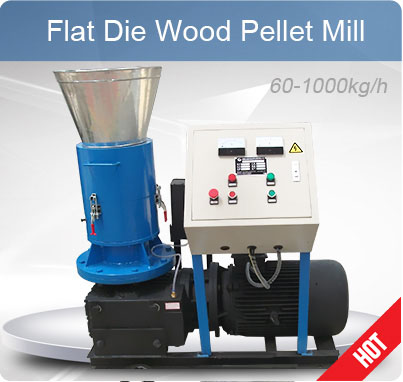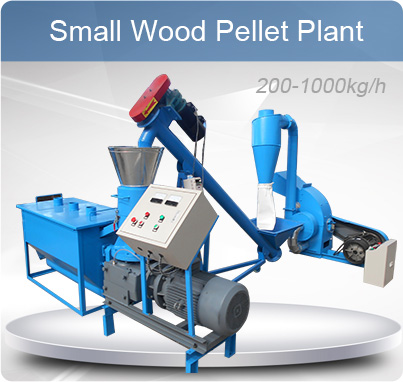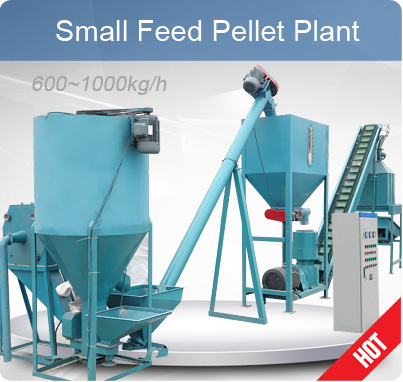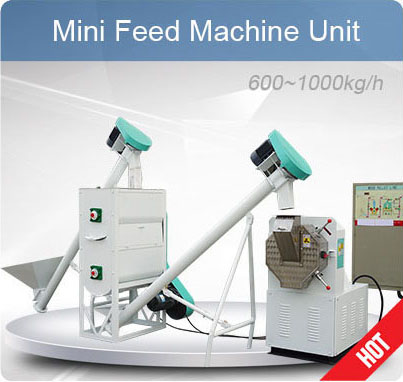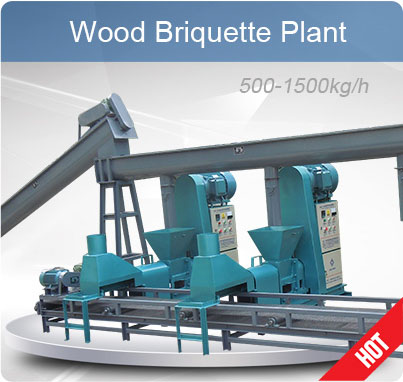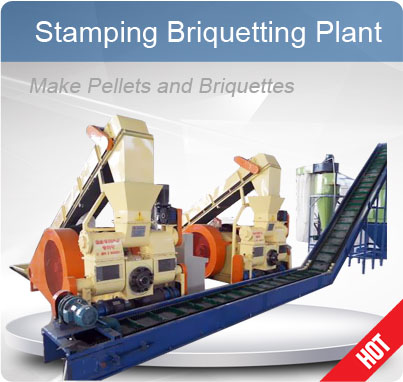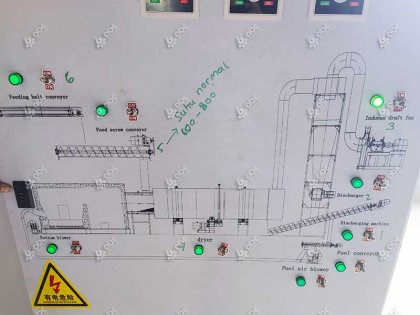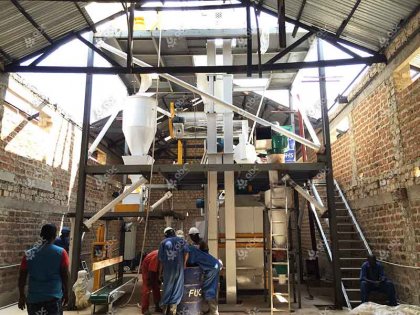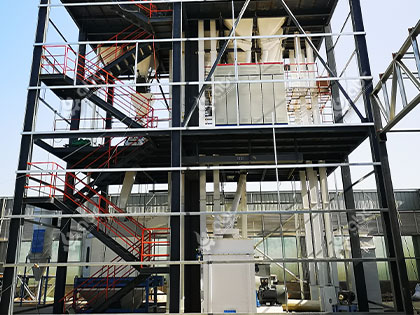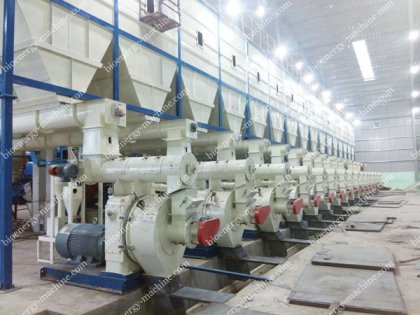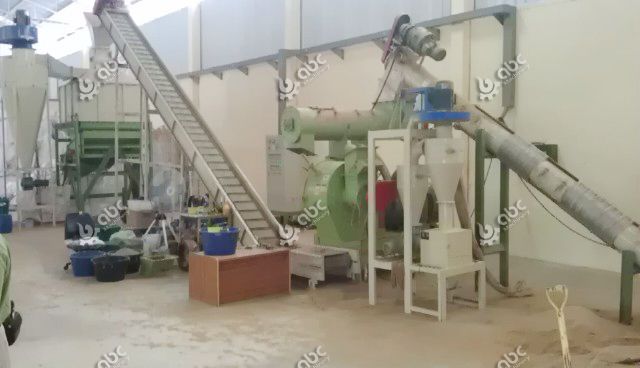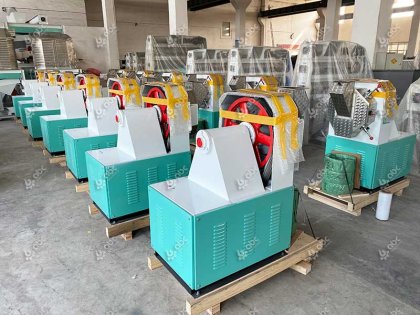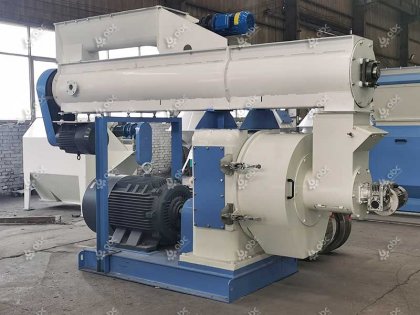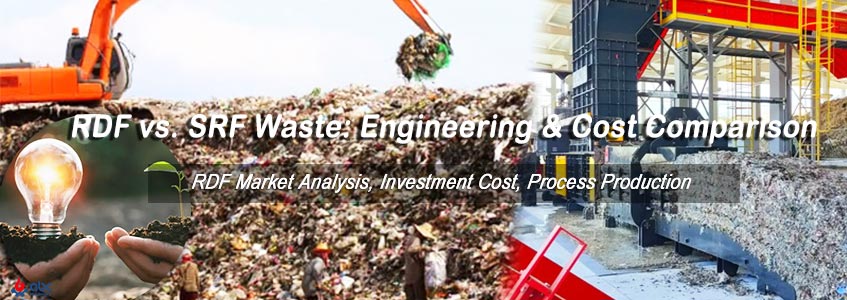
RDF and SRF Waste Fuels: Key Differences
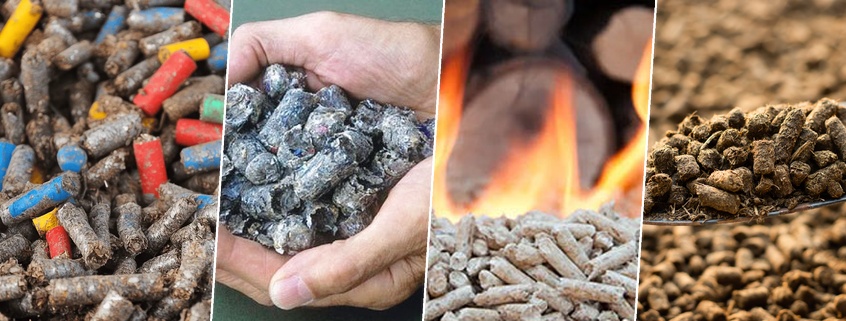
RDF VS. SRF Material Comparison
RDF (Refuse Derived Fuel) and SRF (Solid Recovered Fuel) are two widely utilized waste-based fuels in energy generation, primarily in industrial applications. Both fuels are derived from municipal and industrial waste, yet their characteristics and uses differ significantly. RDF is typically made from non-recyclable materials, including paper, textiles, and wood, processed through shredding and sorting. SRF, as a high-quality subset of RDF, undergoes additional refinement such as drying and NIR (Near Infrared) sorting to enhance calorific consistency and reduce contaminants.
The major physical properties that differentiate RDF and SRF include their energy content, moisture content, and physical composition. RDF typically has a lower energy density compared to SRF due to its higher moisture and inorganic content. SRF, on the other hand, undergoes additional treatment to reduce moisture and increase its calorific value, making it more suitable for efficient combustion in energy recovery systems.
| Parameter | RDF | SRF |
|---|---|---|
| Calorific Value (MJ/kg) | 8–12 | 12–20 |
| Moisture Content (%) | 20–30 | <15 |
| Main Composition | Textiles, wood, paper | Plastics, biomass, paper |
| Preprocessing Steps | Shredding, sorting | Shredding, drying, NIR sorting |
- RDF Fuel Composition: Consists of a higher proportion of organic materials such as paper, wood, and textiles. It typically has a calorific value ranging from 8 to 12 MJ/kg.
- SRF Fuel Composition: Composed of materials such as plastics, paper, and biomass, with a calorific value ranging from 12 to 20 MJ/kg, meeting stricter standards like ISO 21640 which defines limits for chlorine (≤0.2–3%) and mercury (≤0.02–0.15 mg/MJ).
Additionally, SRF is often treated to meet stricter environmental standards, such as reducing harmful emissions during combustion, which makes it a preferred choice for more advanced energy recovery facilities requiring consistent fuel quality.
Understanding the differences between RDF and SRF fuels is crucial for selecting the right fuel type for your energy production needs. Ask ABC Machinery how our RDF systems offer the best ROI across industrial fuel markets.
RDF and SRF Waste Fuels: Use Cases in Various Industries
RDF and SRF are both used in various industries as alternative fuels, especially in energy-intensive sectors like cement manufacturing, power plants, and industrial boilers. While RDF is a cost-effective fuel option suitable for decentralized production, SRF offers higher energy efficiency, making it ideal for larger-scale energy production with strict quality requirements.
For example, in cement plants, both RDF and SRF can be used as substitutes for traditional fossil fuels. RDF is often chosen for its lower cost and ease of availability, whereas SRF is preferred in applications requiring higher energy content and reduced environmental impact. In Europe, some cement kilns already achieve over 70% substitution of fossil fuels with RDF/SRF.
Key Use Cases:
- Cement Production: Both RDF and SRF are used to replace coal; RDF requires minimal combustion system upgrades, while SRF fits high-temperature kilns with stricter emission controls.
- Power Plants: SRF is used in waste-to-energy (WtE) plants due to its higher energy content, while RDF supports co-firing in fluidized bed or grate boilers.
- Industrial Boilers: RDF serves as a cost-effective alternative for steam generation in various manufacturing processes, leveraging its lower processing costs.
These applications show the flexibility of both RDF and SRF in meeting the diverse energy needs of different industries. However, the choice between these fuels largely depends on the specific energy requirements and environmental regulations of the plant.
Contact our team to discover how RDF and SRF can optimize your plant’s energy efficiency and reduce fuel costs.
Engineering RDF Production Lines for Performance and Profitability
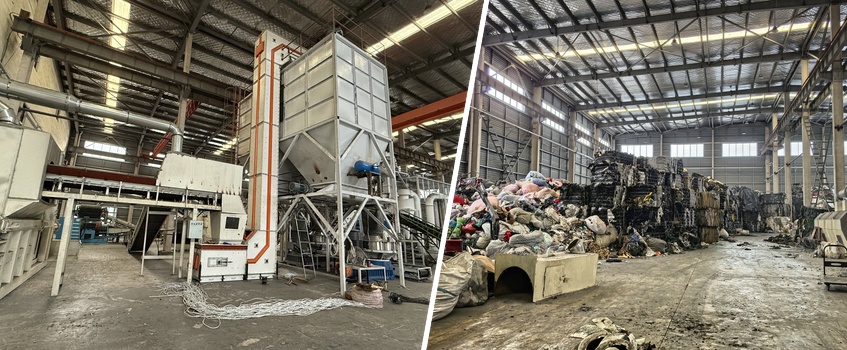
Choosing between RDF and SRF depends on operational priorities. RDF offers simplicity, reduced processing needs, and scalable production line cost, making it ideal for mid-capacity plants. ABC Machinery provides turnkey RDF manufacturing systems—tailored to plant size, input waste, and desired output form. Compared to SRF, RDF does not require costly drying and sensor technologies, significantly lowering project CAPEX and OPEX.
Optimizing RDF Production Equipment:
- Feeding Systems: Automated pre-shredders, conveyors, and dosing units ensure continuous flow.
- Processing Modules: Magnetic separators, rotary shredders, balers/pelletizers maximize fuel value.
- Energy Recovery Integration: RDF combustion lines are paired with steam turbines or cogeneration units.
Let our engineers help you design or upgrade your RDF processing line with high-yield, low-dust, and compact system layouts.
Global RDF Market Outlook and Business Trends
The RDF market is forecast to grow steadily as industries shift toward lower-cost, renewable energy fuels. While SRF will gain traction in Europe and Japan, RDF remains dominant in developing economies, waste-rich regions, and decentralized thermal systems.
ABC Machinery continues to innovate in RDF cost optimization—developing smart shredding, dust control, and automated pelletizing lines that empower waste-to-fuel projects worldwide.
-
Annual Growth Rate: RDF global market projected at 6% CAGR through 2030.
-
Technology Advantage: RDF production equipment is lower-cost and faster to deploy vs. SRF setups.
Ready to lead in RDF fuel production? Get in touch with ABC Machinery for a free RDF plant proposal tailored to your site, waste stream, and energy goals.




